
Years ago, before being hunted to near extinction, millions of bison roamed the American Great Plains. Their slow grazing and continual movement to avoid predators helped the prairie thrive.
Today, some cattle ranchers aim to mimic that process with rotational grazing, incentivized by voluntary carbon programs.
How It Works
Instead of giving cattle full access to a field, ranchers practicing rotational grazing split the field into several pastures, or paddocks. After a set period, they move cattle from one pasture to another, giving the land and forage time to recover from intensive grazing.
“We end up utilizing only 20% of the forage if we’re keeping a few animals in a large landscape,” says Brekke Munks, a carbon science agronomist at the Agoro Carbon Alliance, an organization backed by Yara International that works with farmers and ranchers to adopt practices that become carbon credits. “If we take the opportunity and divide large pastures, we can increase the forge that is utilized in that pasture.”
This story is from the May - June 2024 edition of Successful Farming.
Start your 7-day Magzter GOLD free trial to access thousands of curated premium stories, and 9,000+ magazines and newspapers.
Already a subscriber ? Sign In
This story is from the May - June 2024 edition of Successful Farming.
Start your 7-day Magzter GOLD free trial to access thousands of curated premium stories, and 9,000+ magazines and newspapers.
Already a subscriber? Sign In
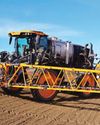
Hagie's Sprayer, Built With Deere Tech
The Hagie STS16 with 120-foot boom comes factory-installed with John Deere See and Spray Premium.
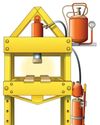
No-Spring Hydraulic Press
Air-return shop press makes for easier positioning.
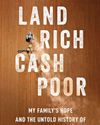
The Disappearing American Farmer
A new book examines this trend and how it can be stopped.
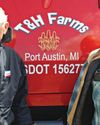
60-Year Partnership Still Going Strong
Gil Tinsey and Fred Hasen met in college and have been farming together in Michigan since the 1960s.
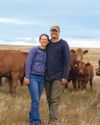
A NewGeneration Farm
Regenerative agriculture spurs growth at Sather Farm and Ranch.

Yields Increase With Lime
Managing soil pH could increase crop production.

Solar Harvest Coming to a Field Near You
More research and work is being done to expand the use of agrivoltaics in North America.

The Cost of Leadership
When parents won't make decisions, it’s difficult for farming heirs to set goals.

The Power of Artificial Intelligence
How animal agriculture is reaping the benefits of Al.
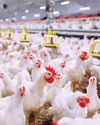
Shutdown
lowa plant is first casualty in USDA meat processing initiative.